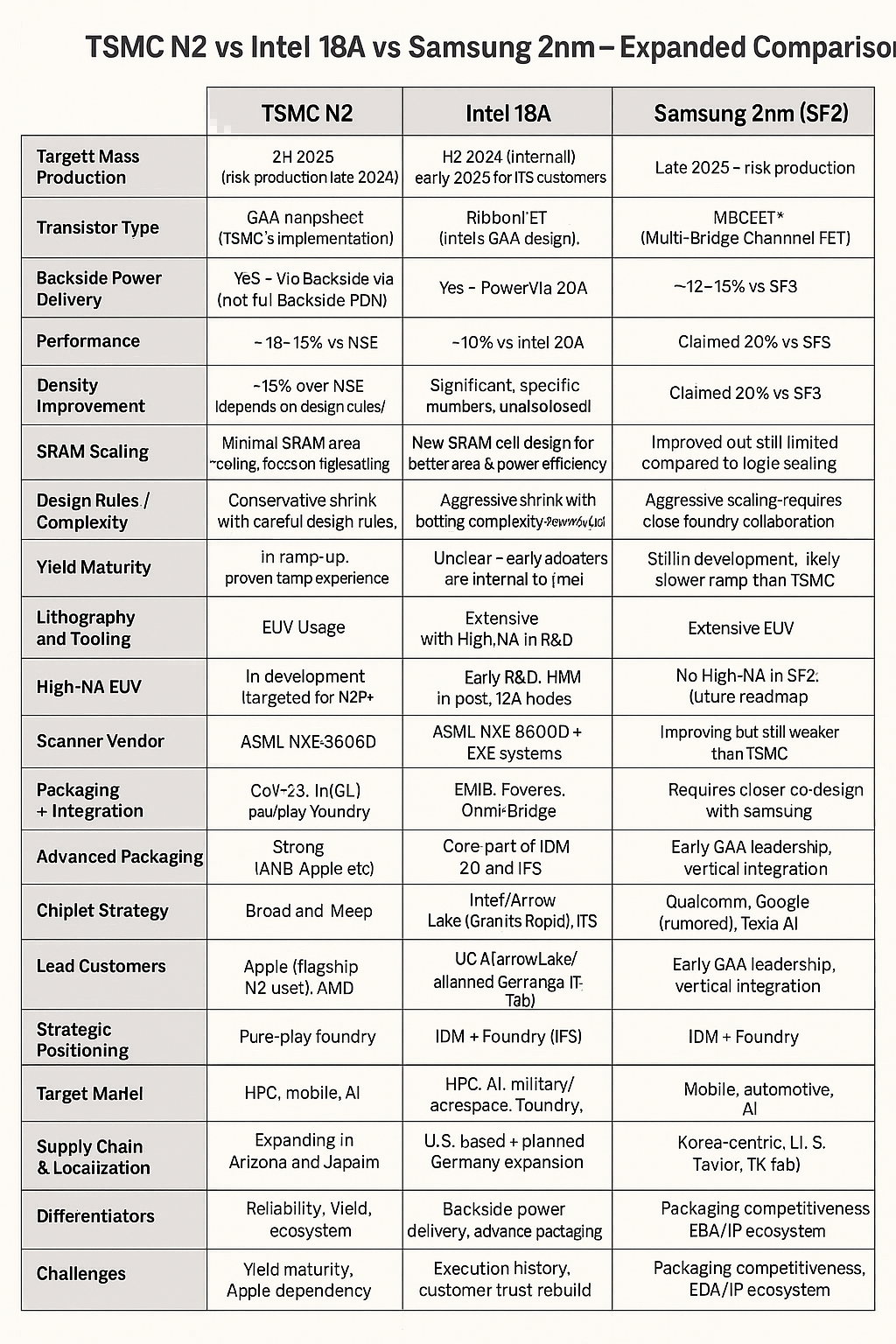Xebec
Well-known member
Agreed - not impossible, if Intel had gotten a foundry going in the mid-to-late 2000s, (my guess is) TSMC would have been a bit slower getting to 7nm and 5nm, even with large GPU / Bitcoin / AI silicon commitments.This story and What does it have to do with Strongarm?
I think it's a bit unreasonable
Apart from that, instead of strongarm, there must have been a way to create x86 chips with ultra-low power segments by focusing on low power consumption designs.
I don't think it would have been impossible if I had worked hard at that point.
In fact, the ATOM for the early days of mobile In fact, I don't think the ATOM SOC for the early days was bad.
I can understand and agree if you say this Intel has started the foundry business earlier.
Even TSMC may have become an untouchable existence.
Intel was in the process of selling StrongARM/XScale or had already signed the deal around the time Apple approached Intel to produce chips for the original iPhone. XScale was sold in 2006, and the iPhone launched in 2007, but of course discussion for the iPhone chip fabbing would have been a few years before 2007.
The early ATOM SoC was bad from a performance perspective compared to desktops, but so were the early iPhone and Android ARM based CPUs. Atom kind of stayed weak because Intel already had higher end silicon, but iPhone/Android ARM devices improved greatly over time vs. Atom because they had to get better.
But yes - the iPhone pitch was maybe the best opportunity for Intel to really get a Foundry type business off the ground. They were already used to fabbing mutiple architectures and IP sets (StrongARM/XScale alongside x86, and later they'd of course pick up FPGAs).

